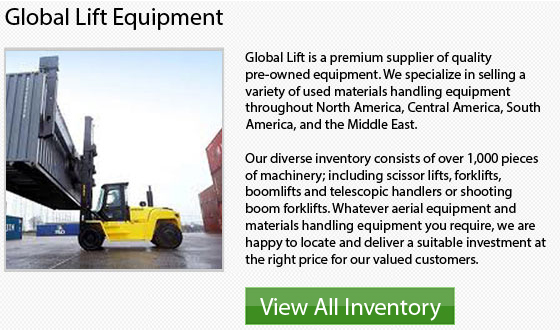
Within the material handling industry, the lift truck has become a key piece of equipment. This machinery is also called a forklift or a powered industrial truck and can transport heavy goods and supplies. These kinds of trucks changed the warehousing and the manufacturing businesses. These days they are utilized for a wide variety of applications and are considered to be vital for material handling.
The forklift needs an operator who uses the control levers to transport loads and materials around the worksite, usually a factory or warehouse. Companies which own their own lift trucks should maintain the machinery to ensure they have a long lifespan. Lift truck parts, similar to any machinery components, are prone to wear and tear and will eventually become worn. In order to ensure the lift truck functions efficiently and safely, you must replace worn or damaged components occasionally. Each lift truck component is made for a particular purpose. Below is a list of several lift truck attachments and their tasks:
Forklift Fork Positioner: The hydraulic attachment referred to as forklift fork positioner helps to position the blades. Tines can move both separately or simultaneously. Without the forklift fork positioner, the operator of the lift truck has to adjust forklift forks by hand for different sizes of loads.
Side Shifter: The side shifter is a hydraulic attachment that allows the lift truck operator to laterally shift the backrest and the forklift forks. This attachment makes it easier to place the cargo without having to change the truck's position.
Pole Attachments: These long metal poles are designed to carry carpet rolls. The poles work better for this purpose compared to forklift forks.
Telescopic Forklift Forks: Telescopic forklift forks are hydraulic attachments that allow the operator to load and unload from one side by handling two pallets of different sizes at the same time. This kind of attachment is great for handling pallets in 'double deep racking'.